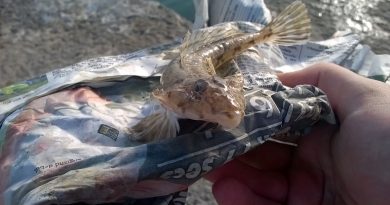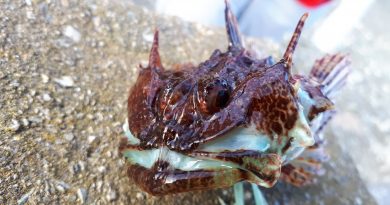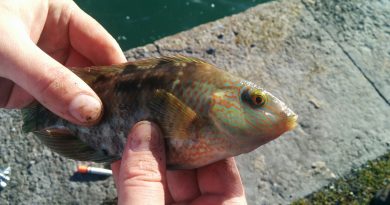Whiting
The Whiting, scientifically known as Merlangius merlangus, is a species of fish that holds a significant presence in the coastal waters around the United Kingdom. Renowned for its delicate flavor and tender white flesh, the Whiting has become a popular target for both recreational anglers and commercial fisheries. In this article, we will delve into the various aspects of the Whiting, including its sizes, habitat, prey, and gender differences, offering a comprehensive overview of this intriguing species.
Sizes: Whiting exhibit a considerable range in sizes, with adults typically reaching lengths between 12 to 18 inches (30 to 45 cm) and weighing between 1 to 2 pounds (0.45 to 0.9 kg). However, larger specimens have been recorded, with some individuals surpassing the 20-inch mark.
Habitat: Whiting are predominantly found in the coastal waters of the UK, favoring the sandy and muddy bottoms of the seabed. They are often encountered at depths ranging from 30 to 200 feet (9 to 61 meters). These fish are known for their migratory behavior, moving inshore during the colder months and venturing into deeper waters as the temperature rises. Whiting can be found in various locations, including estuaries, rocky shorelines, and offshore banks.
Prey: Whiting are opportunistic feeders, preying on a diverse range of marine life. Their diet consists mainly of small fish, such as sandeels, herring, and sprats. Additionally, crustaceans, mollusks, and various invertebrates make up a substantial portion of their diet. The Whiting’s ability to adapt its feeding habits contributes to its wide distribution and abundance in different coastal environments.
Gender Differences: Distinguishing between male and female Whiting can be challenging, as they share similar physical characteristics. However, during the spawning season, which typically occurs in late winter or early spring, males may develop slight differences in appearance, such as a more slender body and more prominent lateral line. Females tend to be slightly larger than males. The spawning process is crucial for the continuation of the Whiting population, as it ensures the release of fertilized eggs into the water.
Conclusion: The Whiting fish, with its diverse sizes, adaptable habitat preferences, and varied diet, plays a vital role in the marine ecosystem around the United Kingdom. Whether pursued by anglers for sport or harvested by commercial fisheries for its culinary appeal, the Whiting remains a species of interest to those who appreciate the rich biodiversity of the coastal waters. Understanding the intricacies of the Whiting’s biology and behavior enhances our appreciation for the delicate balance that exists within our marine environments.
Larger specimens can be taken for the table but they are usually too small and these are known by anglers as Pin Whiting. There can be a pain when targeting Cod due to numbers.




